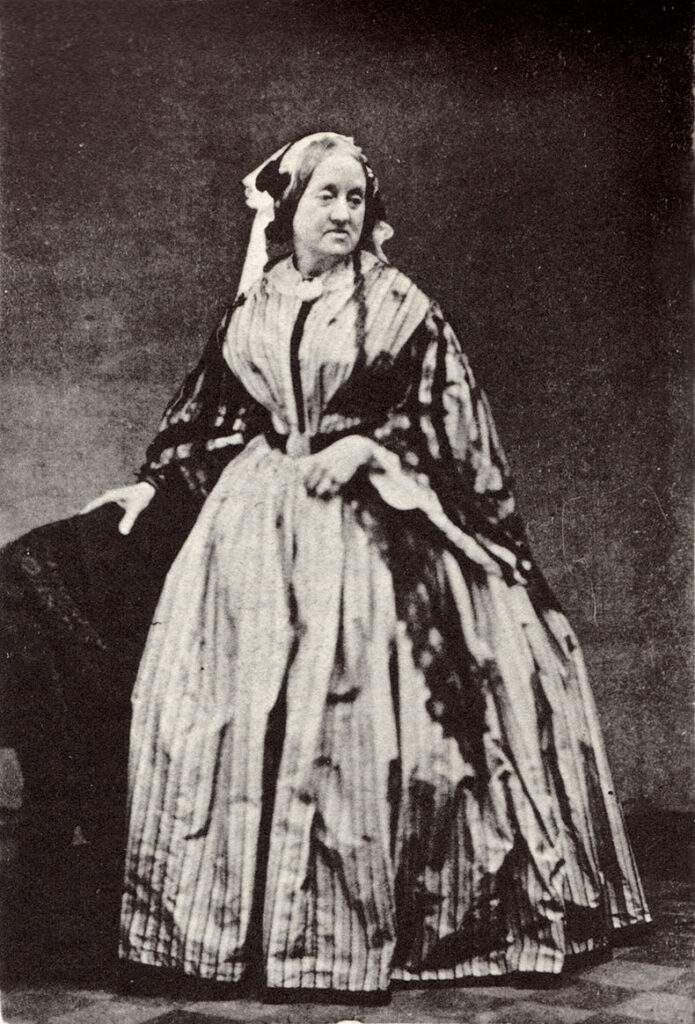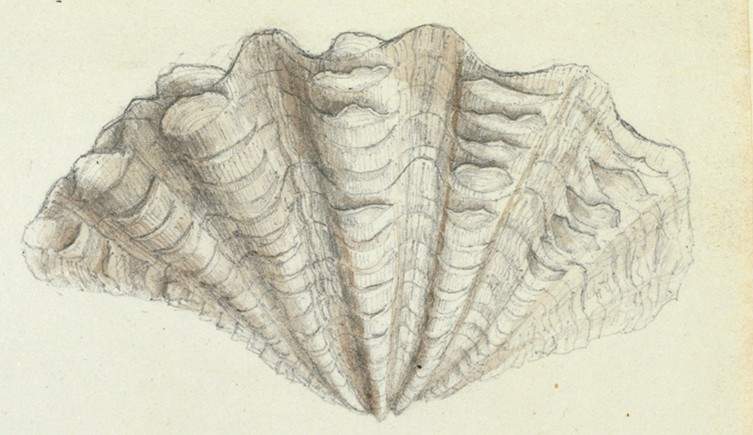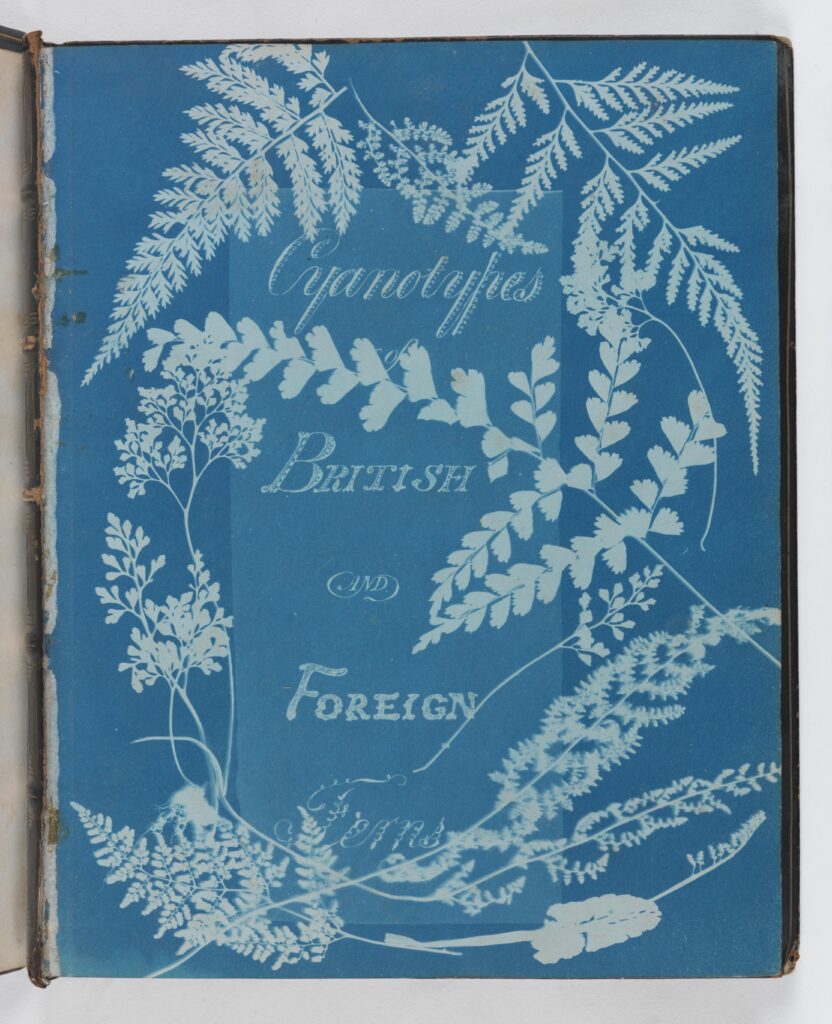Anna Atkins (nee. Children) was born on 16 March 1799 in Kent, England. An influential figure in art, photography and natural history, Anna grew up without her mother, who passed away shortly after she was born. However, her father John George Children, keen scientist and fellow of the Royal Society, was a constant and influential presence in her life. At the time, women were not widely accepted within scientific institutions, but through her father Anna was able to gain access to information from a variety of scientific talks, lectures and papers. This unique upbringing provided her with an insight into contemporary scientific endeavours and inspired her future work.

Influenced by her father’s passion for science, Anna’s interest in this field grew and she assisted him with his work, producing 256 watercolour and graphite illustrations for his translation of Jean-Baptiste Lamarck’s ‘Genera of Shells’ (1822-24). In the 1830s, after her marriage to John Pelly Atkins in 1825, Anna focused her attention on botany and began developing her collection of dried plant specimens. This work was extensive and her herbarium, a collection of dried specimens, was donated to the British Museum in 1865.

Anna Atkins was well connected to the broader scientific community including Henry Fox Talbot, one of the inventors of the modern photographic process. Anna herself was even gifted a camera in 1841, although sadly none of the images she produced in this way survive. Instead, Atkins turned her focus to photography using ‘Cyanotypes’, a process developed by John Herschel in 1842. To create a cyanotype, an object, drawing, or piece of text is placed upon a sheet of paper treated with light sensitive iron salts. It is then compressed under a piece of glass and exposed to sunlight for around 30 minutes creating a white negative of the object over a bright blue, cyan, background. The paper is then washed to fix the image. This process became commonly used to reproduce architectural and engineering drawings and plans – hence the term blueprint.

Anna took to this process of cyanotype creation and began to use it to produce images of botanical specimens and in 1843 she released volume one of her first book, ‘Photographs of British Algae: Cyanotype Impressions’. With assistance from friends, family and household staff, Anna went on to produce two more volumes in the next ten years and this work is now widely recognised as the first book produced entirely using photographic processes. Unfortunately, only 20 copies of this book are thought to exist today.

The cyanotype technique was not only cheaper than the creation of engravings but also enabled accurate representations of botanical specimens. However, as there were no negatives, each page had to be printed individually. Atkins had an eye for composition and she reflected the beauty of each specimen, creating a sense of movement while also imparting scientific information. Each piece is identified using its Latin scientific name and important botanical details are represented, with some pages illustrating multiple views of a single specimen or even different stages in its life cycle. Atkins’s passion for this photographic process and botanical study continued throughout her life and she went on to produce more books of cyanotype photographs of British and foreign plants and ferns before her death in 1871 aged 72.

Anna Atkins was a key figure in the field of botany, one of the few scientific endeavours acceptable to women at the time, and she became a member of the Royal Botanic Society in London in 1839. Despite this, Anna still faced significant societal constraints as a female scientist. These restrictions, alongside the limited release and distribution of her books due to the creation of each image by hand, meant that Atkins’s work was relatively unrecognised at the time and nearly forgotten by the late 19th Century. Additionally, her signature, A.A., caused confusion to one 19th Century researcher who believed it stood for “Anonymous Amateur”. However, they were quickly corrected and Anna Atkins’s work is now accurately accredited and her scientific contributions are broadly acknowledged.
Happy 224th Birthday Anna! Thank you for illustrating the beautiful overlap between art and science and reflecting the important scientific endeavours of women in the 19th Century.
One comment on “Happy Birthday Anna Atkins!”
Comments are closed.

Informative, interesting and well written article on a fascinating woman,